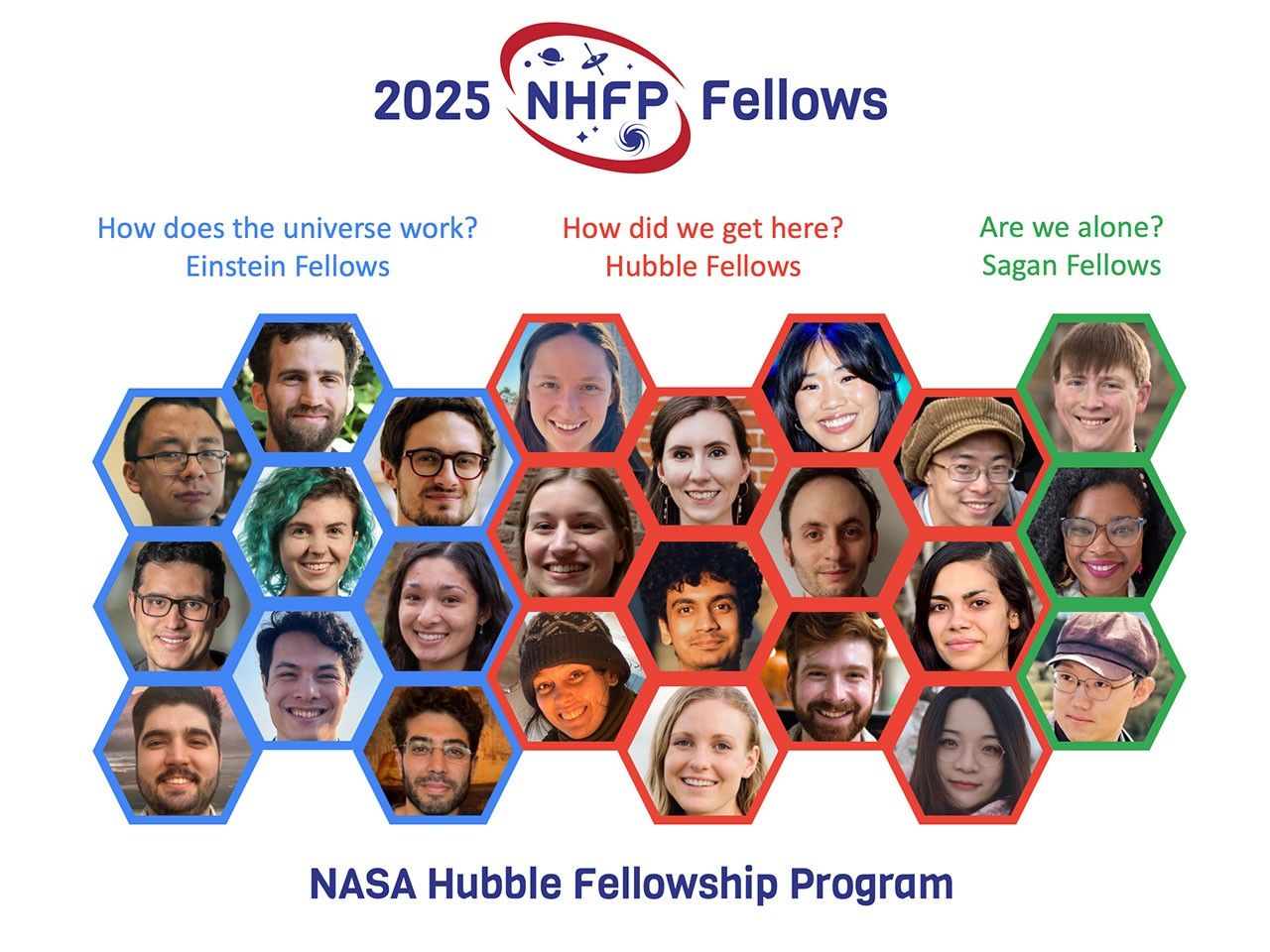Now Reading: Hubble Telescope Captures Stunning View of Galaxy NGC 3274
-
01
Hubble Telescope Captures Stunning View of Galaxy NGC 3274
Hubble Telescope Captures Stunning View of Galaxy NGC 3274

Speedy Summary
- Astronomers using the NASA/ESA Hubble Space Telescope have released a striking image of the spiral galaxy NGC 4941, located 67 million light-years away in the Virgo constellation.
- The galaxy spans approximately 60,000 light-years and was first discovered by German-British astronomer William Herschel on April 24, 1784.
- NGC 4941 is part of two galactic groups: NGC 4941 and NGC 4697.
- Observations were made using six filters across near-infrared, optical, and ultraviolet wavelengths through Hubble’s wide field Camera 3 (WFC3).
- The imaging effort highlights intricate details like star clusters and filamentary gas clouds due to its cosmic proximity.
- The study focuses on stellar formation processes known as “stellar feedback,” where star births influence surrounding gas via winds, starlight, or supernovae explosions.
- An active galactic nucleus (AGN), a supermassive black hole at its centre actively consuming gas, drives larger-scale changes within the galaxy by emitting winds and jets that impact both star formation rates and long-term galactic evolution.
indian Opinion Analysis
The observations of NGC 4941 offer valuable insights into foundational processes shaping galaxies. India’s burgeoning presence in global astronomy research can benefit from such studies. Indian research institutions could explore deeper collaborations with international agencies like NASA or ESA to access sophisticated telescopes such as Hubble for comparative analyses involving similar nearby galaxies visible locally. This would enhance India’s contributions to understanding phenomena like stellar feedback mechanisms or active galactic nuclei impact. Furthermore, advancements in imaging techniques observed here underline the potential of next-gen instruments-a field ripe for progress in India through ISRO’s space science focus.
For further reading: Read More

























